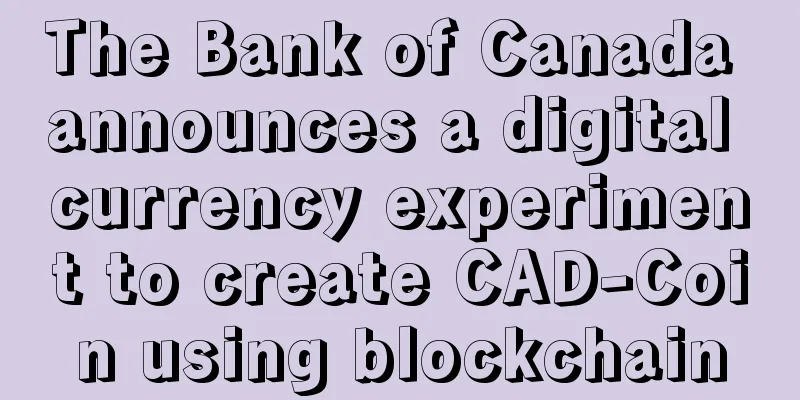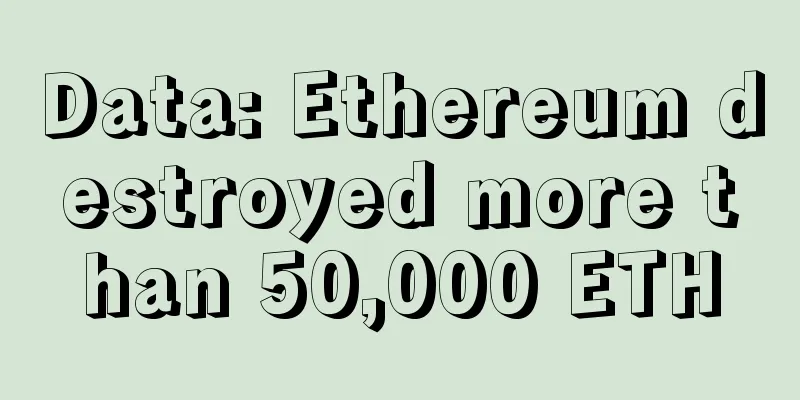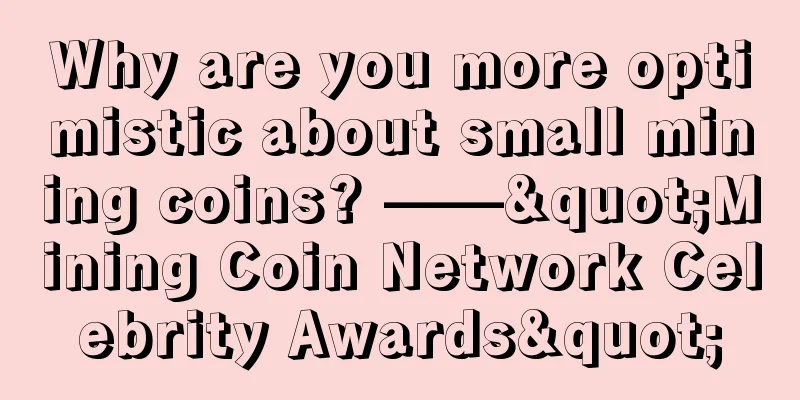The Bank of Canada announces a digital currency experiment to create CAD-Coin using blockchain

|
The Bank of Canada recently revealed that it is conducting an electronic currency experiment based on blockchain technology. Combining existing monetary policy with blockchain technology is likely to bring revolutionary significance. At an internal presentation in Calgary on Wednesday, the Bank of Canada showed off the electronic version of the Canadian dollar they are developing, CAD-Coin. The innovation, code-named "Jasper", is intended to help the central bank issue, transfer or dispose of central bank assets through distributed ledger technology. Several major Canadian banks, including the Royal Bank of Canada, TD Bank and Canadian Imperial Bank of Commerce, are involved in the project. Jasper allows participants to put cash collateral into a special pool, which the central bank then "converts" into CAD-Coin. The central bank can also choose to "destroy" the redeemed CAD-Coin. The technology used by CAD-Coin was developed by R3, a company founded by more than 50 of the world’s largest banks. R3 did not respond to requests for comment. Carolyn Wilkins, senior deputy governor of the Bank of Canada, said the purpose of the experiment, called 'CAD-coin', was simply to gain a better understanding of the technology. In addition to the Bank of Canada, the Australian Stock Exchange (ASX) also tried blockchain technology in February this year as a replacement for its clearing and settlement system. ASX CEO Elmer Funke Kupper said that the stock exchange is in the process of replacing its trading system because blockchain can reduce the cost and complexity of clearing and settling transactions and save time. David Andolfatto, blogger of the financial blog MacroMania, also expressed his personal views on the topic of "digital currency for global central banks" and discussed some possible impacts of blockchain technology. David Andolfatto believes that the central bank's digital account has many advantages. First, depositors no longer need deposit insurance because the central bank does not have the risk of default; second, money managers holding large amounts of funds can choose central bank accounts for overnight deposits instead of shadow banks; third, the cost of paper money supply will be completely eliminated; fourth, it will be very convenient for the central bank to pay depositors interest, which is conducive to the transmission of the central bank's monetary policy. Blockchain is a decentralized ledger system that records every transaction of this cryptocurrency. All transactions are shared and verified by a peer-to-peer network of computers. This "distributed ledger" model monitors the transfer of funds for Bitcoin, and by the same token, it can also monitor the transactions of any valuable assets, such as stocks, bonds, and futures. Supporters of blockchain technology believe that this technology can not only make the financial system safer, but also greatly reduce costs. However, skeptics believe that the current technology is not enough to change the status quo and most of it is still in the experimental stage. |
<<: Financial Blockchain Cooperation Alliance (Shenzhen) was established in Shenzhen
>>: The familiar Bitcoin is back, still the same flavor
Recommend
Is it true that sunken eye sockets are prone to unhappy marriages? Can people with sunken eye sockets be happy?
People with sunken eye sockets are wary A person ...
Is it true that men with moles on their collarbones are eloquent?
Is it good for a man to have a mole on his collar...
What does a mole behind a woman’s ear mean? Does it mean she will be rich?
Moles in physiognomy will have a certain influenc...
The facial features of extremely smart people can tell that they are smart people at a glance
Everyone is unique. Some people are very smart, w...
SimonsChain uses quantitative strategies to leverage digital currency asset management and create the first smart investment advisory application in the cryptocurrency circle
In 2017, digital currency and blockchain graduall...
Will the mining of 21 million BTC force Satoshi Nakamoto to show up and trigger a new round of "money printing"?
2024 is destined to be an extraordinary year for ...
Physiognomy: What health risks do facial wrinkles indicate?
Physiognomy: What health risks do facial wrinkles...
Which people are good at saving money?
In society, not only is a person's ability to...
What does a mole under the chin mean?
There is almost no one among us who is without mo...
Face analysis: What are the characteristics of dangerous faces?
1. Prominent cheekbones In physiognomy, we can se...
No matter what you do, you pay great attention to details.
People who can notice details are very unique. It...
Bitmain Event - Ant Pool User Benefits "Youhuo Ni"
Activity theme: AntPool old user welfare activity...
The face of a person who is always very simple at heart
Man is born good. Some people's hearts are ve...
A man thinking with his lower body
A man thinking with his lower body Thinking with ...
Three characteristics of marriage line indicate unhappy relationship
When looking at a person's palm, the lines on...









